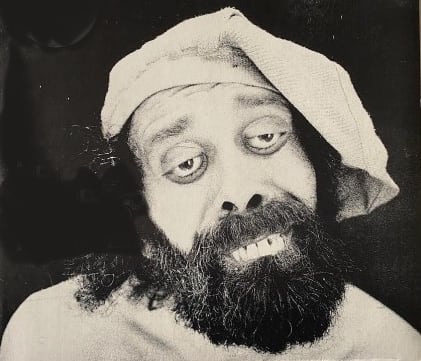Summary of the Universal Philosophical Method
I explained earlier the genesis of a Universal Philosophical Method (UniPhiM). Long and difficult article. It is worth extracting the main practical elements of the method, and their justification: –A framework: the complex dimension. Includes material and virtual in a staggering of information levels.-What is watching? Definition of an observer, obligatorily registered at a level … Read more










